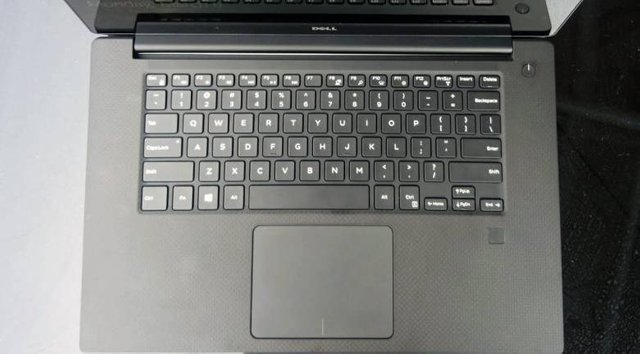Summary: It took me a long time to figure out that the Dell XPS 9560 was the best Windows laptop out there for my needs. It’s beautifully designed, compact, and powerful. It packs a quad-core CPU, Pascal GPU, huge battery, and Thunderbolt 3—plus the the best 4k screen in a laptop out there. Sure, the TB3 is not full speed for eGPUs, and yes, the Core i7 configurations throttle due to power limits from the overheating VRMs, but while this laptop still has some flaws and niggles, it has no equal at the moment. Read on for the whole story.
Since its launch in October of 2015, the Dell XPS 15 9550 was hailed by many reviewers as the best 15-inch laptop around. Despite its rocky start plagued by hardware, software, and firmware issues (and some ongoing slight annoyances), the XPS 9550 maintained its crown throughout its commercial lifespan, although the competition had some decent attempts to usurp it.
In fact, I purchased the XPS 9560 somewhat begrudgingly after months of waiting and research. I thought there had to be another quad-core laptop with a slim design and Thunderbolt 3, but no—there still aren’t any, even to the day I write this.
So, to cut to the chase: Is the XPS 15 9560 worth buying if you need a laptop today? Yes—if you can tolerate a few bugs here and there and are willing to tweak things a bit. You should definitely spend on the pro-support warranty when buying, however.
The main questions I seek to answer in this review are whether or not it is worth upgrading to if you already have a 9550, and whether or not you should wait for something a bit more “perfect” instead. The XPS 15 9550 was also infamous for its bugs and quirks (something I spent a lot of time discussing in the original review and took a whole point off its rating because of), and I intend to discuss any bugs or issues encountered comprehensively. After all, these machines are not cheap (mine cost just a hair over $2000) and we should hold manufacturers accountable for their products and support.
As for the issue of VRM-throttling and thermals—how to tweak the XPS 9560 and augment its cooling system to accommodate the CPU and GPU will be the subject of a separate article.
Specs as reviewed
Screen 15.6” 3840 x 2160 (UHD) touch screen, IGZO IPS
Processor Intel Core i7-7700HQ 2.8-3.8GHz
Graphics Nvidia GeForce GTX 1050 (4GB GDDR5)
Memory 16GB DDR4-2400
Storage Toshiba XG4 m.2 NVMe 1TB SSD
Connectivity Killer Wireless AC-1535 (802.11ac, 2×2), Bluetooth 4.1, Fingerprint Scanner
Ports 1x Thunderbolt 3 (x2 3.0 PCIe), 2 x USB 3.0, HDMI, 3.5 mm audio, SD card reader
Battery 6-cell (97Wh)
Operating system Windows 10 Professional
Size (H) 357 x (W) 235 x (D) 17 mm
Weight 2 kg / 4.4 lbs – as configured
What makes the XPS 15 9560 stand out among its peers is not just its raw specs. Though the quad-core i7-7700HQ is a solid CPU and the GTX 1050 graphics is more than adequate for casual gaming, there are many laptops that can deliver these two components for hundreds less.
The combination of the XPS 15’s solid specs, stunning UHD display and high build-quality is what makes it so enticing.
Design
As the chassis is nearly identical to last year’s XPS 15 9550 model, we direct you to that review for a more detailed overview of the design and build quality.
The chassis in the 9560 is exactly the same sleek sandwich of anodized aluminum and carbon fiber on the 9550, and as before, it is extraordinarily stiff and resists both pressure and torsion very well. With the small exception of oil and fingerprints being more visible than average on both the carbon fiber palmrest and the aluminum lid, there is little to complain about here.
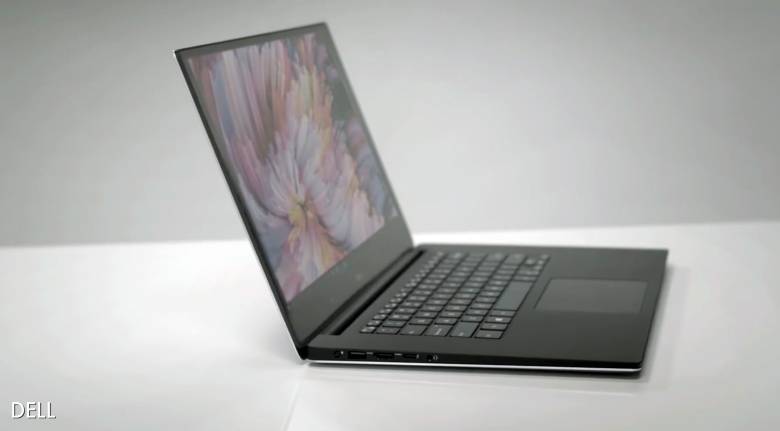
The one item area that could be improved a bit could be the fingerprint scanner. A key feature of the 9560, the fingerprint scanner has been added to the palmrest without much ceremony—in fact, it looks like they just cut out a square from the regular rest and the fitted it with the fingerprint sensor. It doesn’t look bad by any stretch of the imagination, but it does lack the high quality fit and finish of nearly every other aspect of the machine. It also blends into the dark carbon fiber finish of the palmrest, meaning that in all but the harshest lighting you’ll be searching with your finger to find it. If they didn’t want to add a border to the sensor in the palmrest, placing it in the trackpad would have been a better solution.
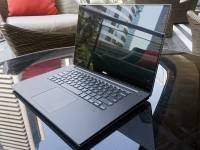
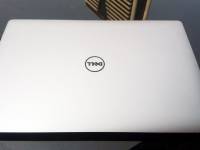
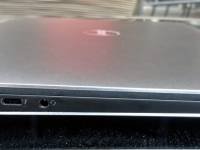
Other than being hard to see, the fingerprint scanner works fantastically. Once set up, it can quickly detect even a light touch of your registered finger in under half a second. Most importantly, it works reliably, unlike the finicky fingerprint scanner on my Xperia Z5.
Even if you have slightly damp fingers from washing your hands or sweat, it will still correctly match your prints and log you in. Given that this is a mere US$35 addition for so much more convenience, I highly recommend you spring for the Fingerprint scanner. If you need the Precision 5520 variant, you should know that the fingerprint scanner will not be available on it for another 1-2 months, according to my conversations with Dell reps. I would definitely recommend waiting for that option to become available before buying.
Keyboard and trackpad
The 9560’s keyboard is exactly the same as last year’s 9550 and the XPS 13 9350/9360—which is to say, it is still a small letdown.
Given the price and overall quality of the laptop, it’s unfortunate that Dell has done the bare minimum here. The keys bottom out somewhat harshly and are a little on the light side for actuation force, which are exacerbated by the 1.3mm of travel. I have been using a Lenovo ThinkPad x230 for writing on the go the past few months, and the first hour or so back with the XPS 15’s keyboard nearly made me recoil in horror. I was afraid that the ThinkPad’s keyboard had perhaps ruined the XPS for me, but luckily I got used to it after a few hours. Again, it is a usable keyboard, but we know that Dell can do better—Latitudes have keyboards nearly as legendary as ThinkPads—so they really do seem to be resting on their laurels here. Alas. As with last year’s model, I’m still able to type quickly and accurately on the 10fastfingers typing test (I scored 101 WPM with only one error).
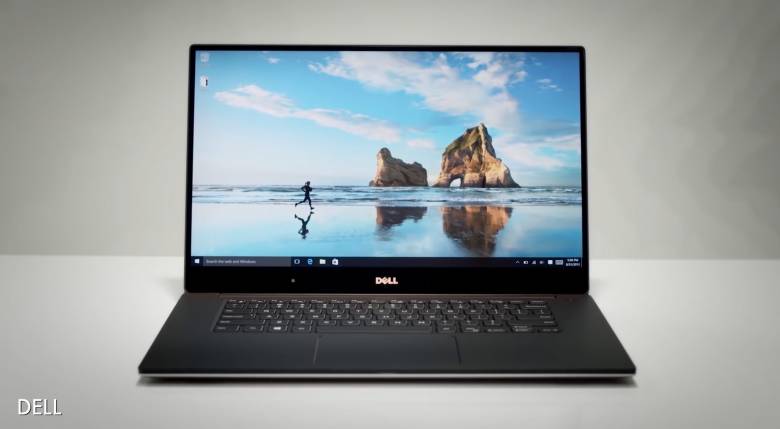
The touchpad is still the same excellent Microsoft Precision Touchpad. The pad’s surface is a glass finished with a soft-touch coating, and it feels absolutely fantastic to use. Being a Microsoft Precision Touchpad, it is fully compatible with Windows gestures.
However, Windows still has very limited options for configuring Precision devices. While you can configure gestures, typing guard, scrolling, and basics like clicks and tracking speed, you cannot configure anything regarding click-zones or palm-check. The only form of palm-check you can enable is to completely disable the pad after typing for either a short, medium, or long delay. This works for typing, but it doesn’t work at all for gaming, where you obviously need to use both the mouse and keyboard at the same time. This is the fault of Windows and not Dell, however.
